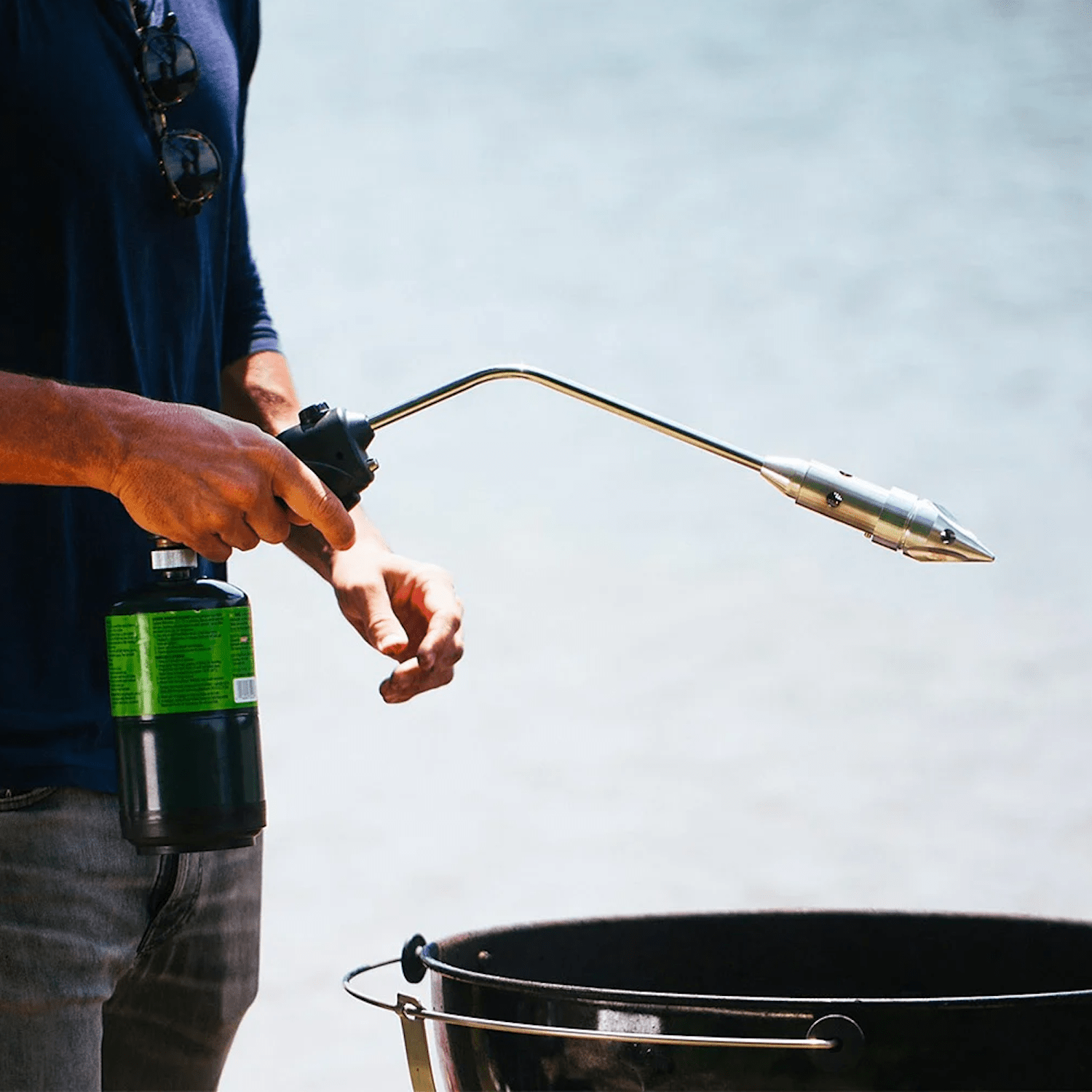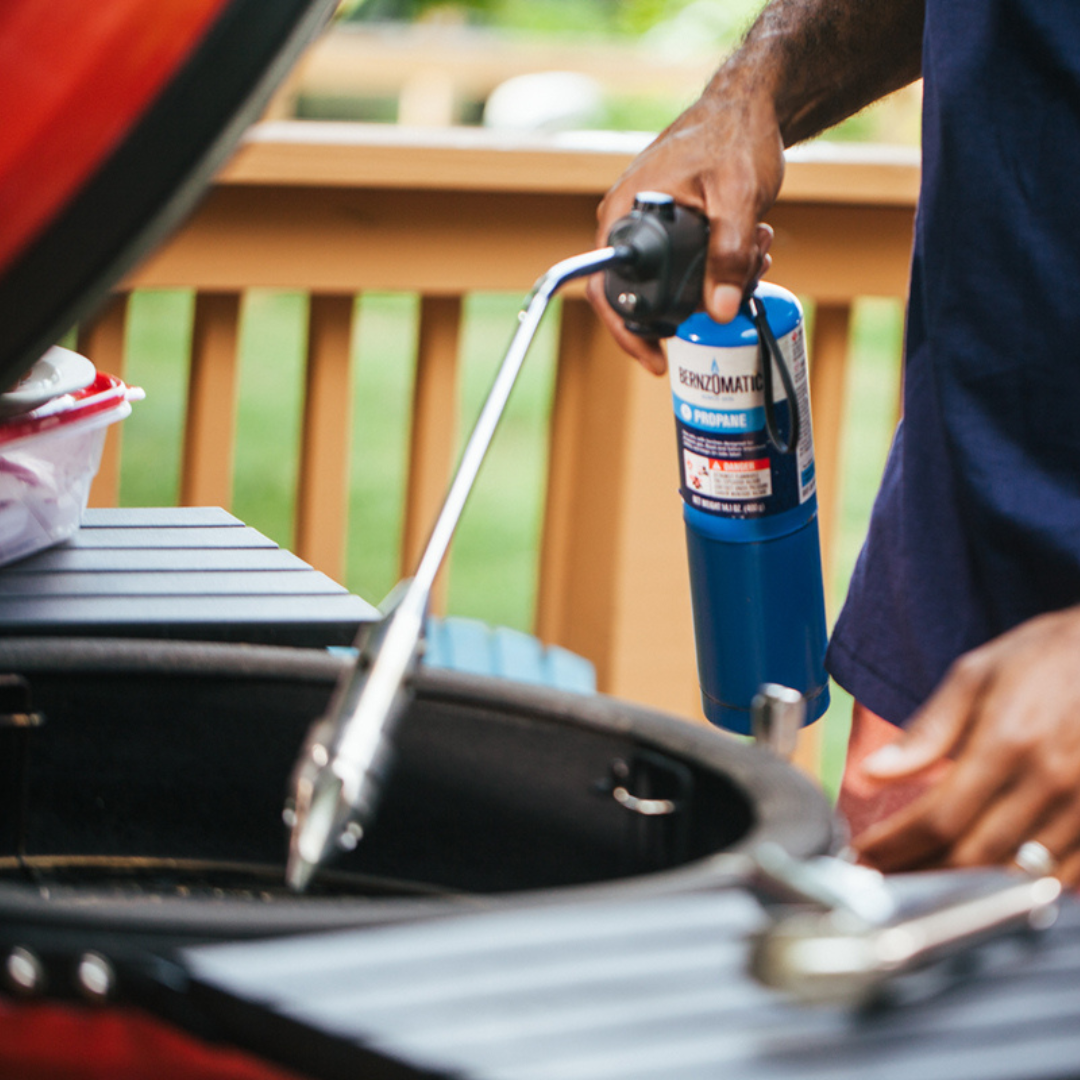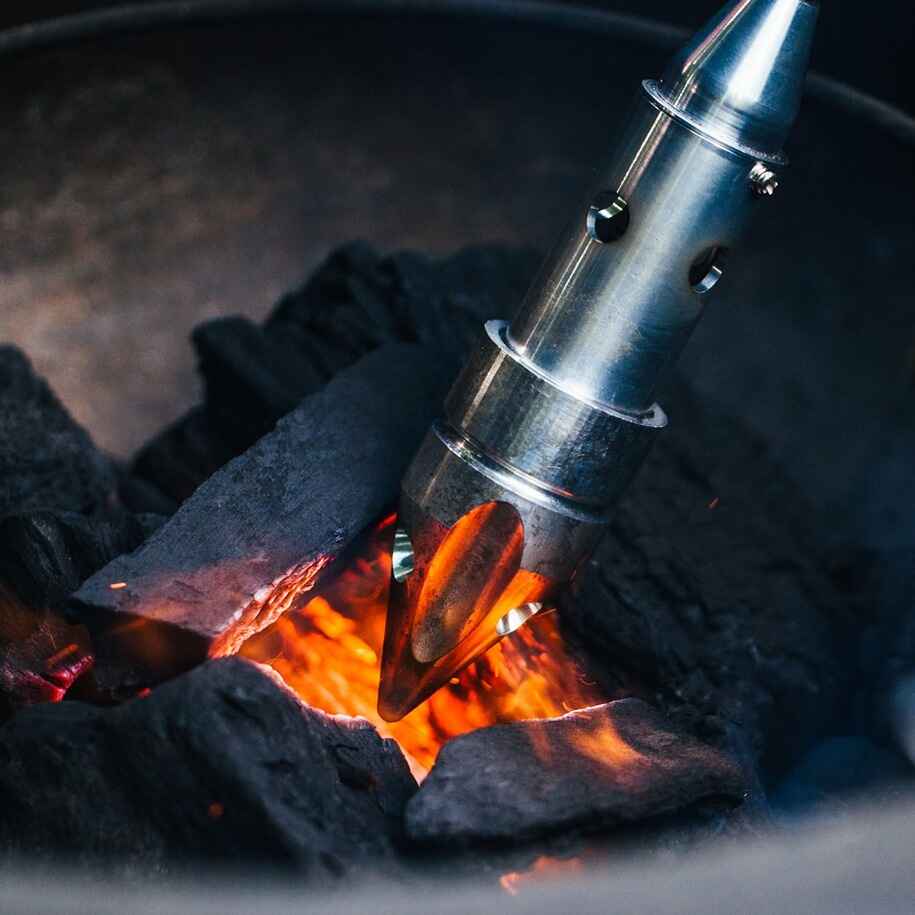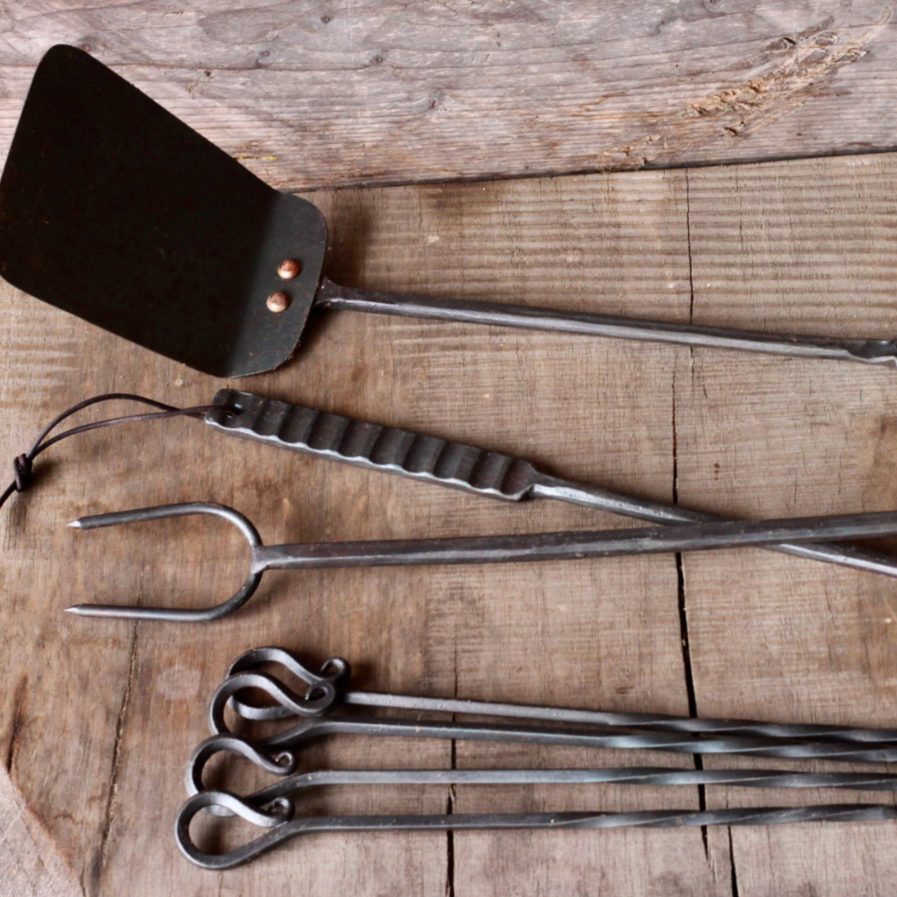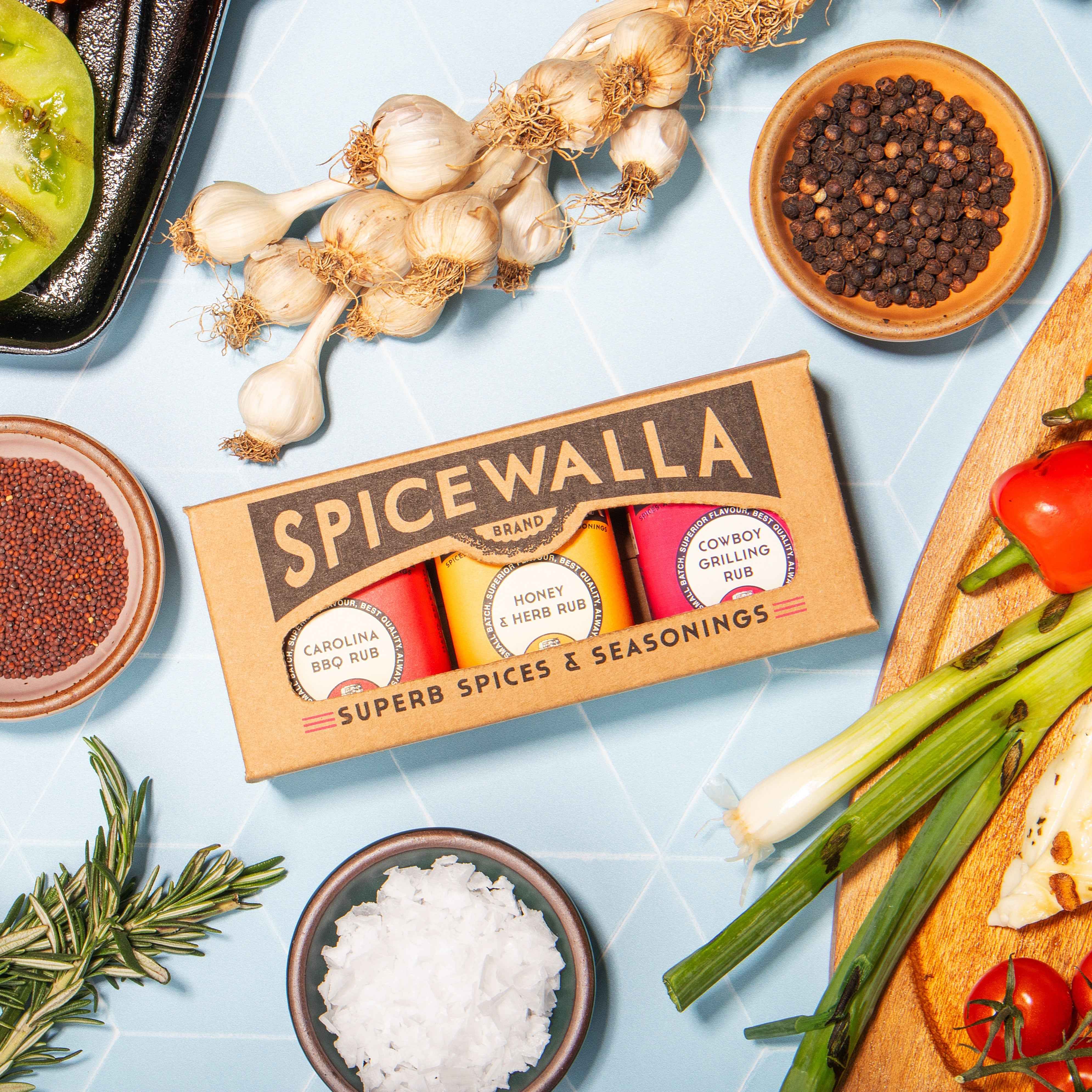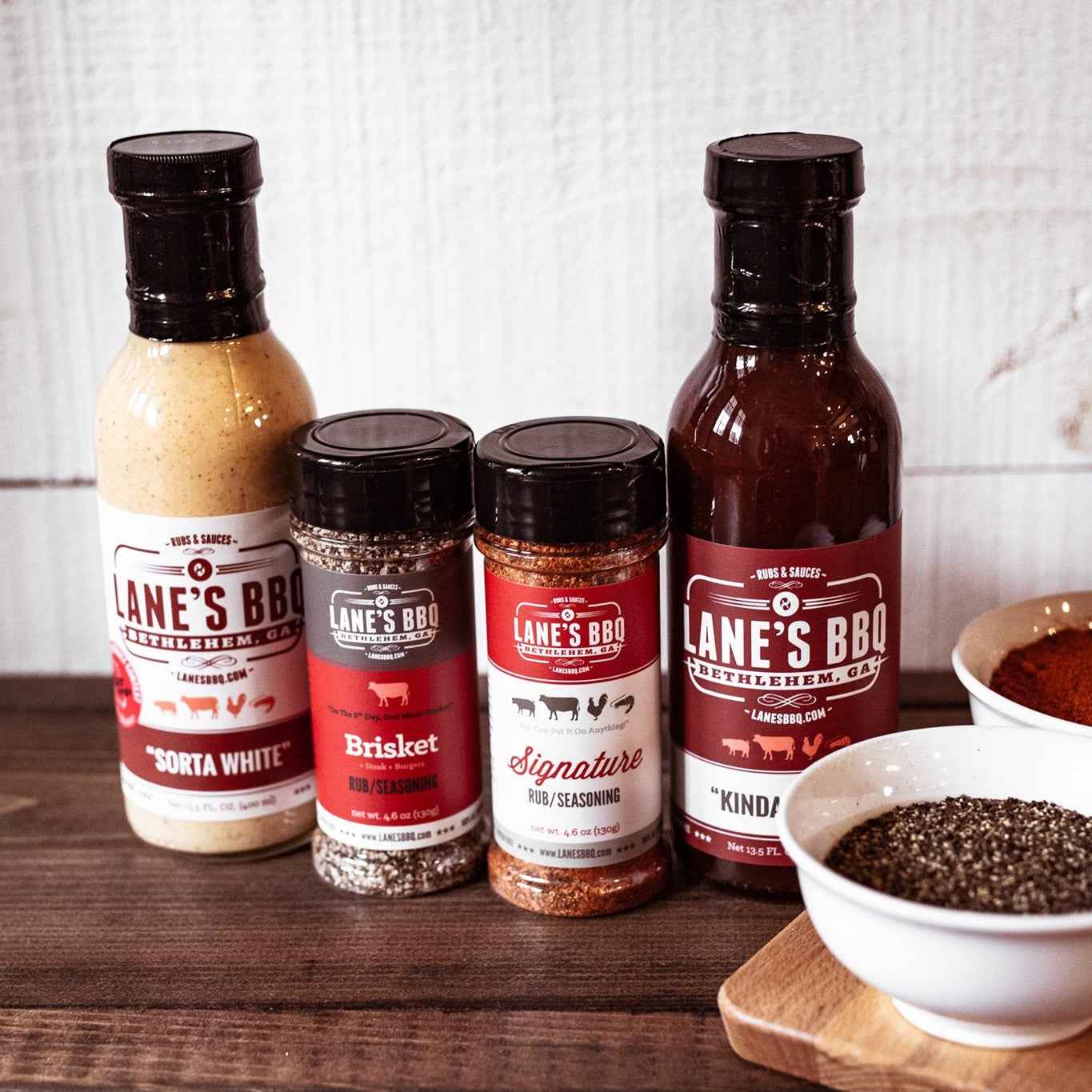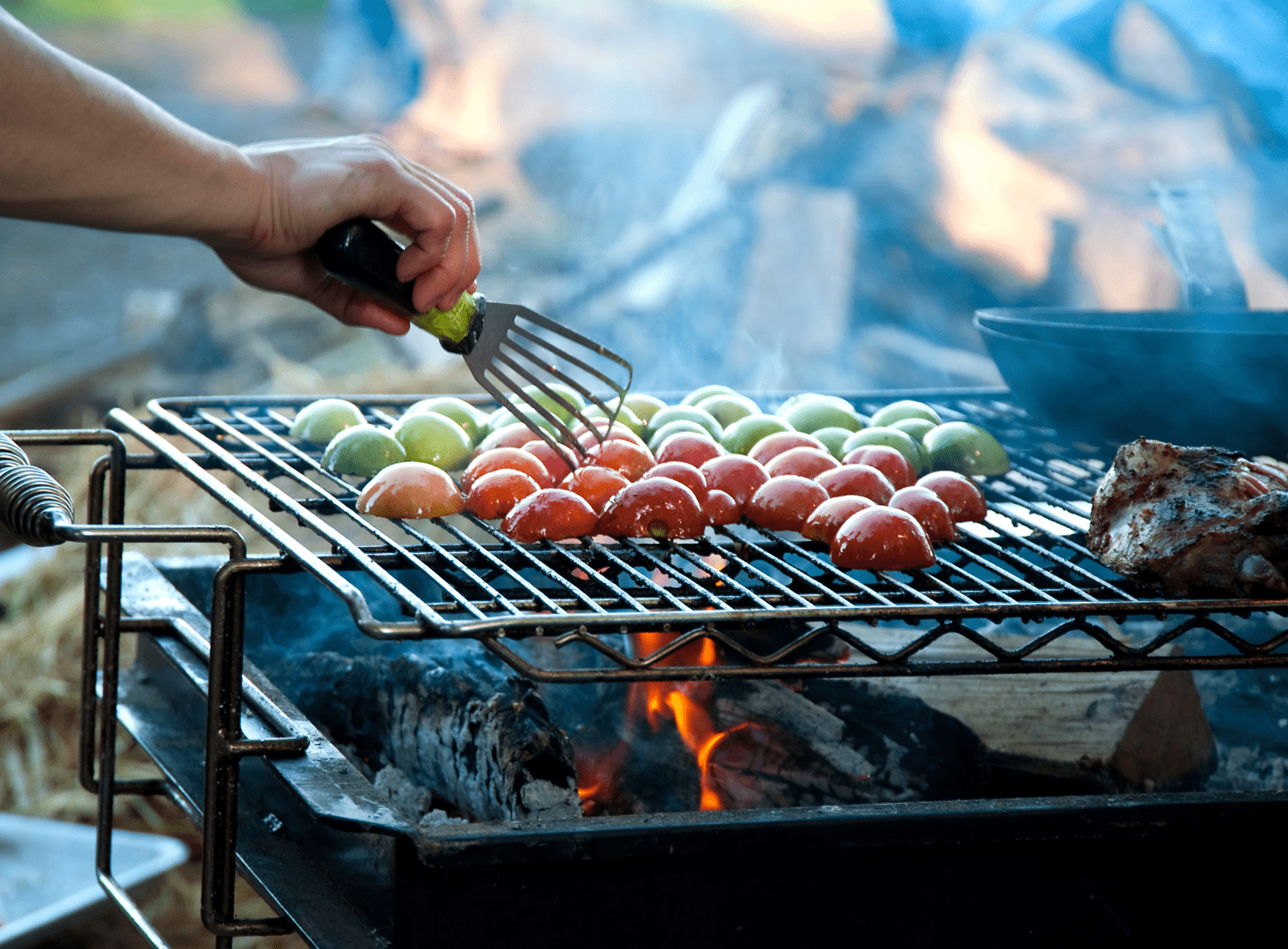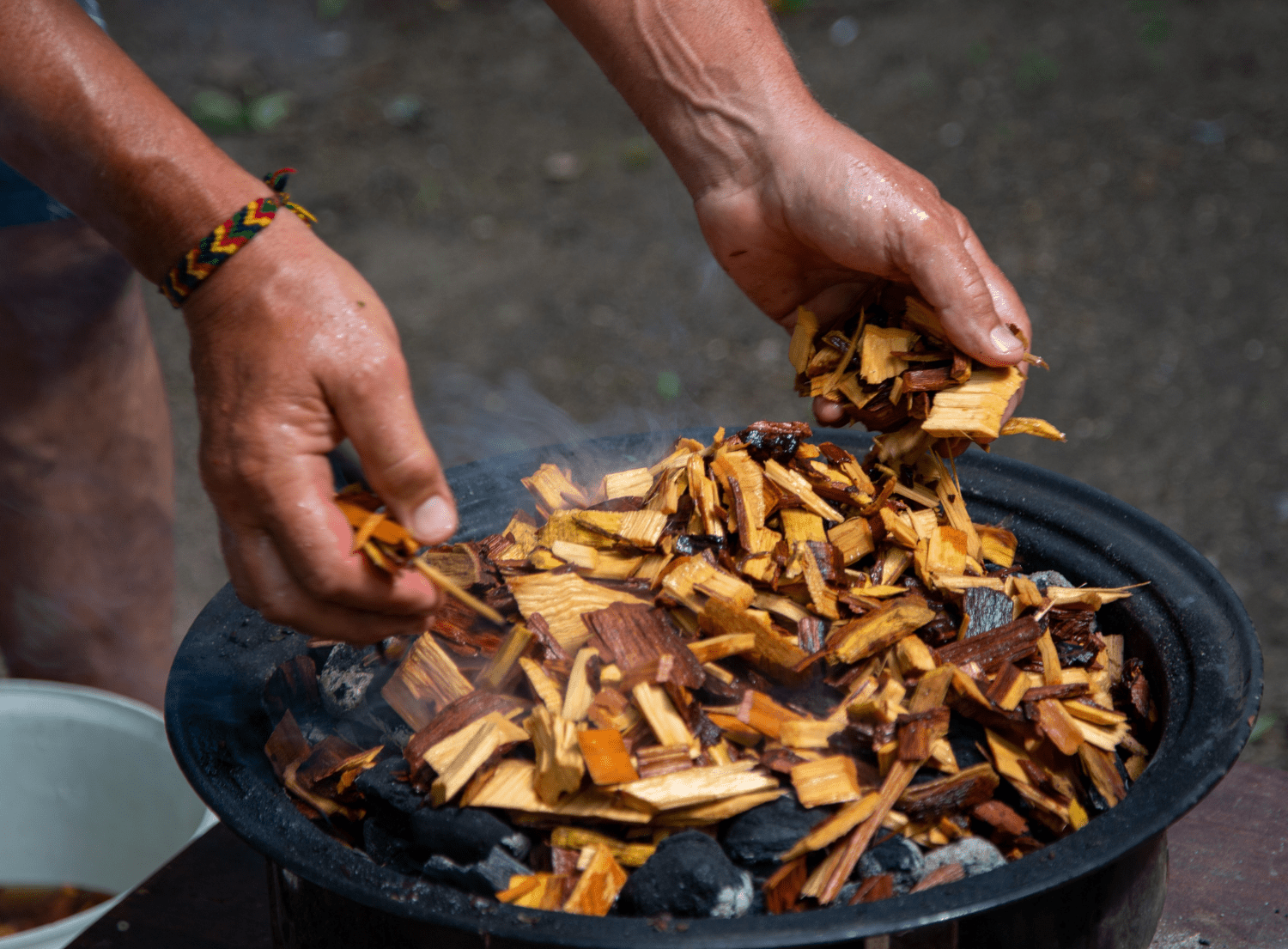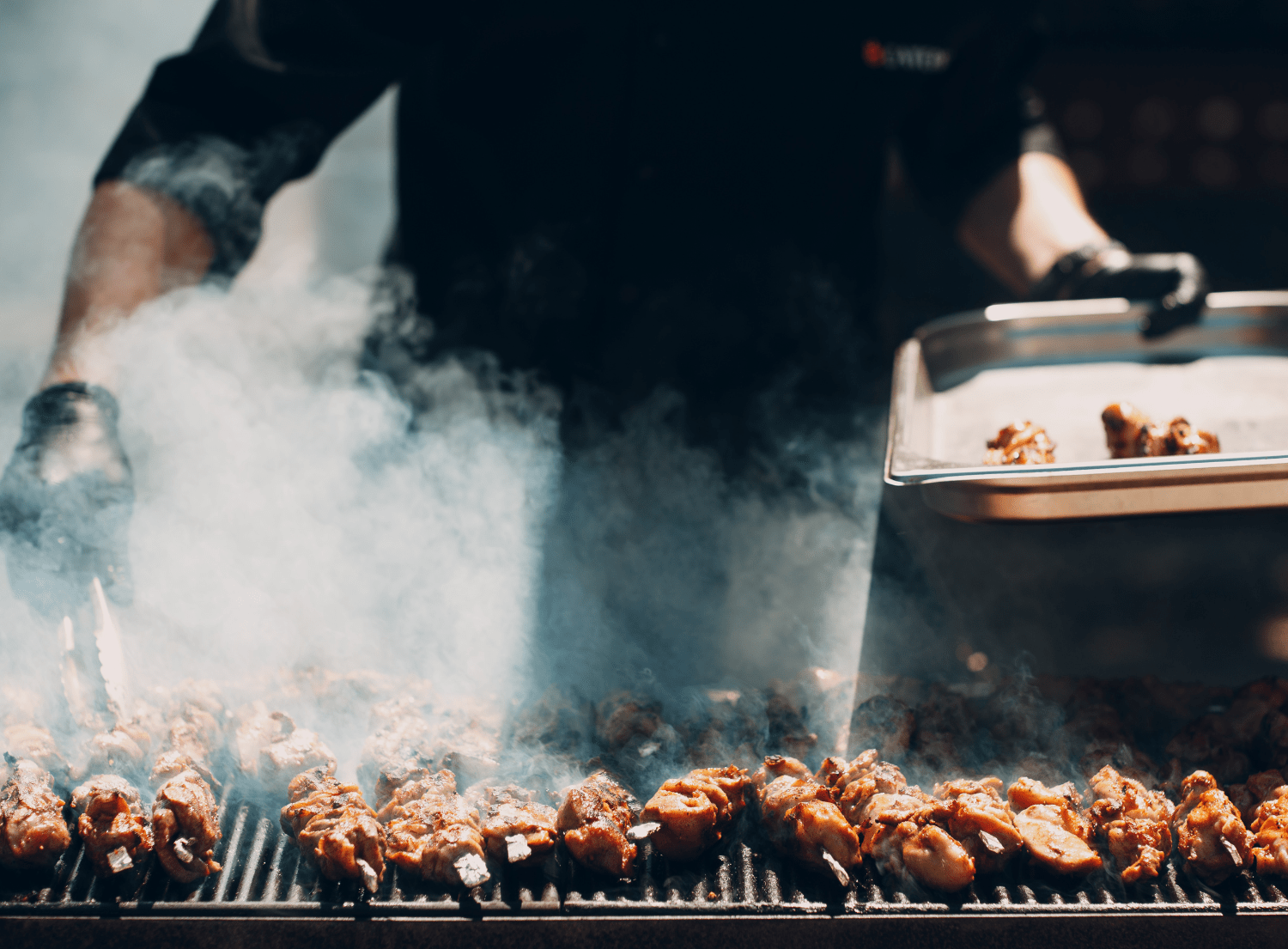Are you looking to up your grilling game? Whether you're using a gas grill or a charcoal grill, understanding the nuances between direct and indirect grilling can transform your approach to cooking. Both methods have their merits, and knowing when to use each can make a significant difference in how your food turns out.
In this blog post, we’ll delve into direct vs. indirect grilling, explaining each technique, its benefits, and how to use them to perfect your grilling game.
What is Direct Grilling?
Direct grilling is a method where food is cooked directly over a heat source, whether it’s a gas burner or hot coals. This technique involves placing food directly on the grill grates over high heat. The intense heat from the fire quickly sears the exterior of the food, creating a flavorful, caramelized crust.
Advantages of Direct Grilling
Quick Cooking Process
Direct heat grilling is ideal for thin cuts of meat like burgers, chicken breasts, and vegetables. The high temperatures ensure that these foods cook quickly and evenly.
Flavorful Results
The direct contact with the heat source allows for a delicious, smoky flavor and creates those coveted grill marks.
Simplicity
This method is straightforward and doesn’t require extensive setup. Just preheat the grill, place your food on the grates, and monitor closely to avoid flare-ups.
Best Practices for Direct Grilling
Preheat Your Grill
Ensure your grill is hot before placing food on it. For a gas grill, set all burners to high and let the grill heat up. For charcoal, let the coals burn until they are covered with a thin layer of ash.
Monitor Closely
Since direct heat cooking happens quickly, keep an eye on your food to avoid burning. Use a meat thermometer to check doneness.
Handle Flare-Ups
Fat drips from the food can cause flare-ups. Manage these by moving the food to a cooler part of the grill if necessary.
What is Indirect Grilling?
Indirect grilling, also known as indirect heat grilling or indirect cooking, involves cooking food using heat that is not directly beneath it. This method mimics the environment of an oven, where hot air circulates around the food, cooking it slowly and evenly. In indirect grilling, you set up a two-zone heat source, with one side of the grill being hotter than the other.
Advantages of Indirect Grilling:
Even Cooking
Indirect heat on the grill is perfect for thicker cuts of meat, such as whole chickens or ribs, that need longer cooking times. The lower temperatures and indirect heat help cook the food thoroughly without burning the exterior.
Versatility
This method is also suitable for delicate foods and items that benefit from slow cooking, such as vegetables or fish. The even heat ensures that the food cooks without becoming dry or overcooked.
Reduced Flare-Ups
Since the food isn’t directly over the flames, there is less chance of flare-ups and charring.
Best Practices for Indirect Grilling
Setup Your Grill
For a gas grill, turn on one or two burners and place the food on the unlit side. For a charcoal grill, arrange the coals on one side and place the food on the other side.
Use a Lid
To ensure even cooking and maintain the right temperature, especially when using indirect grilling, keep the lid closed while your food is on the grill. Closing the lid of the grill creates an oven-like environment, allowing the heat to circulate and help your food cook evenly. It also helps in retaining moisture and flavor.
Control Temperature
Adjust the burners or coals to maintain a consistent temperature. A thermometer can help ensure that you’re cooking at the right heat.
Direct Heat vs. Indirect Heat: When to Use Each
Understanding when to use direct heat versus indirect heat can make a significant difference in your grilling results. Here’s a quick guide:
Direct Heat
Use for foods that cook quickly, such as thin cuts of meat, vegetables, and seafood. Direct grilling is also ideal for achieving a crispy exterior and grill marks.
Indirect Heat
Best for thicker cuts of meat, whole chickens, and dishes that benefit from slow, even cooking. Indirect grilling is also suitable for foods that require longer cooking times or for those you want to cook without intense charring.
Combining Techniques for Perfect Results
Sometimes, the best results come from combining both direct and indirect heat. Start by searing your meat over direct heat to develop a flavorful crust, then move it to an indirect heat zone to finish cooking. This technique provides the best of both worlds: a crispy exterior and a perfectly cooked interior.
How to Use Your Grill for Both Techniques
Gas Grills:
- Direct Heat: Preheat all burners on high. Place your food directly over the lit burners.
- Indirect Heat: Preheat one or two burners and place your food over the unlit side. You can also create a heat shield by using a metal pan to catch drips and prevent flare-ups.
Charcoal Grills:
- Direct Heat: Light the coals and spread them out for direct grilling. Place food directly over the hot coals.
- Indirect Heat: Arrange coals on one side of the grill. Place food on the other side, away from the coals, and close the lid.
Key Tips for Successful Grilling
- Preheat: Always preheat your grill to the desired temperature before placing food on it.
- Adjust Heat: Whether using direct or indirect heat, adjust the temperature to suit the food you’re cooking.
- Monitor: Keep an eye on your food to ensure it cooks evenly and avoid burning.
Lighting your Grill
For the fastest and easiest way to light your grill for either direct or indirect grilling, look no further than The RocketFire™ Fire Torch. This innovative tool eliminates the need for matches, kindling, or lighter fluid, allowing you to ignite wood or charcoal in mere seconds. Its Tri-Flame Cone Tip ensures even flame distribution, lighting your grill faster and more consistently than traditional methods. The stainless steel tip delivers a 60-degree tri-flame spread, reaching every corner of your grill for an even start. For added versatility, you can remove the tip to create a 10-inch flame, perfect for achieving a sous vide finish. With RocketFire, you’ll enjoy a clean, chemical-free burn and deliciously grilled food all summer long.

